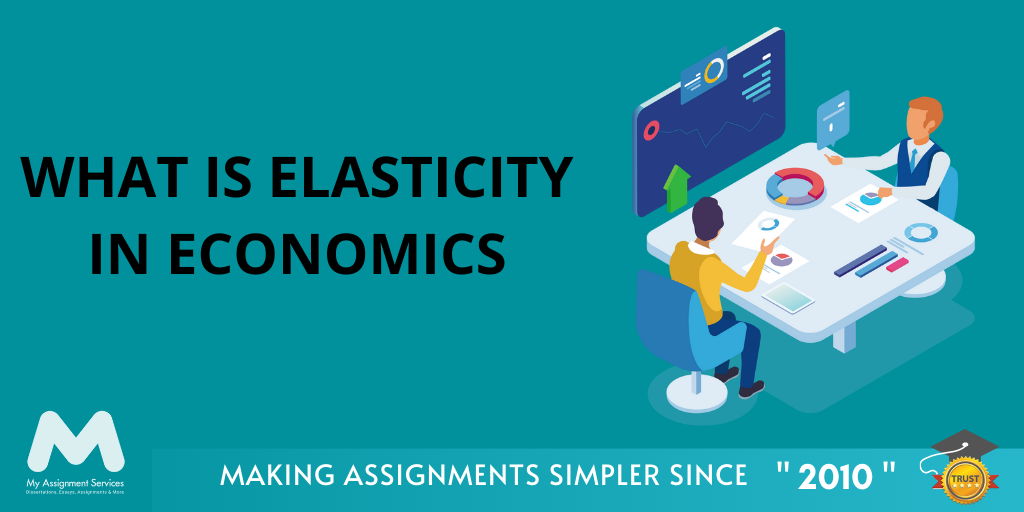
You all must be familiar with the term 'elasticity’; it means the attribute of an object to stretch and regain its original form. But, economics has a whole different meaning; it refers to the variability of an entity for the changes in another variable. For example, the change in the price of a product varies with the demand; this measure of change in price concerning a demand is called elasticity of price.
Various factors affect the economy of an organisation, community or country and the measure of elasticity varies with demand, domestic or global economic circumstances, and the availability of the goods. Such classification justifies the concept of elastic and inelastic goods. Electronics, clothing, and furniture are a few examples of elastic goods as the price varies depending on the demand. Food supplies and medication are examples of inelastic goods as the price rarely changes and the demand never changes.
The elasticity of a brand is determined by the multiple products that can be covered under the sole umbrella of the brand. Studies show that users prefer a brand with more reputation value over one with more functionality.
Now that you have an idea of what elasticity is in economics, we’ll discuss these topics further: difference between elasticity and inelasticity, types of elasticity, and how to calculate elasticity. This blog will also study a few examples of elastic and inelastic goods and what makes them be. Read forth to learn the relevance of elasticity in economics and gain more knowledge of the topic.
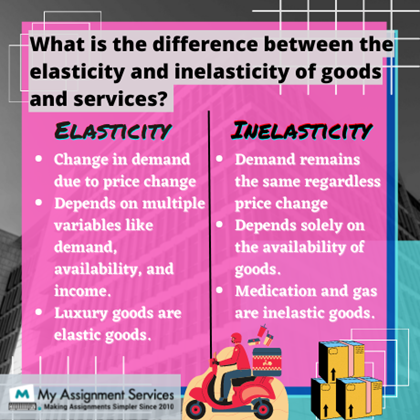
How Do We Differentiate Between the Elasticity and Inelasticity of Goods?
The elasticity of goods, supply and demand, is expressed as a fraction, resulting in the value being generally between zero and one. When the value of demand is more than one, the demanded quantity is proportionally more affected by the price change. The demand remains unaffected or inelastic when the value of demand is less than one. So to define this in layman's language, the demand is inelastic when the demand of the goods or services remain the same regardless of the increase or decrease in price.
The elasticity of demand is directly proportional to the demand quantity's responsiveness or the brand's change in its price tags. Hence products like iPhones are inelastic because there is no substitute yet.
Similarly, when the change in price affects the demand and user buying habits, the goods and services are considered elastic. The more substitutes exist for a product, the more elastic it is, as the demand keeps changing due to availability. Price is the basic and the major attribute that affects the demand of an object and hence the elasticity; the other factors that are directly proportional to elasticity are income and availability of a particular good or service.
We can differentiate between elasticity and inelasticity of good in the following ways as well:
- Luxury goods like android phones and other electronics, fast food, and beverages are examples of elastic goods as the prices vary due to substitutes. Goods like salt, medicine, and gas are examples of inelastic goods as the demand never decreases and people still buy them despite the hike in prices.
- Demand defines the inelasticity of a service, whereas various attributes like demand, revenue, and availability are responsible for price changes for elastic goods.
- Economists often use the elasticity of demand to formulate customers' responsiveness to a certain product or service. Still, the buyer habits remain the same; the availability might be affected.
- Companies use the inelasticity of a product to earn more revenue because the decreased prices are lower when compared to the high demand for the product. The companies offering elastic goods and services often collaborate with popular brands to decrease the elasticity of their goods and services.
A good example of such is Walmart, a multi retail store in the US. The products they sell are very generic and might easily be available, but due to the popularity of the brand and the availability of goods, it has become inelastic.
These are a few differences between elastic and inelastic goods and services and how various organisations manage their revenue. The elasticity of goods or services is an important topic in economics, and various organisations measure this to formulate their production, marketing and sales strategies.
If you're wondering about how they calculate this? Is there a formula for it? Yes, the formula for calculating the price elasticity of demand is quite easy; we'll discuss it in depth in the following sections with an example.
Learn how to acknowledge any source of information using the APA 7th style.
Download Now
Get Economics Assignment Help at pocket-friendly prices and get expert insights on more such economics concepts. Enrol today to get free academic resources and sample solutions from our vast online library.
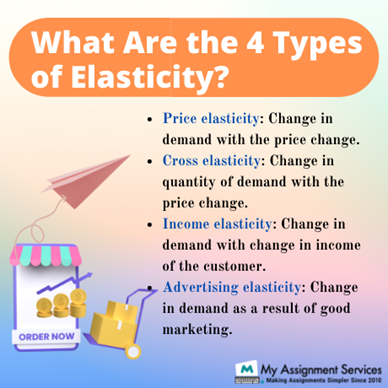
How to Calculate the Price Elasticity of Demand?
Now, moving on from what elasticity in economics is, we'll briefly discuss various forms of elasticity and the formula for calculating the ‘price elasticity of demand. Elasticity is highly variable and depends on multiple factors; hence there are multiple types of elasticity such as elasticity of demand, elasticity of income, cross elasticity and the elasticity of supply. The formula for calculating elasticity is:

The price elasticity of demand equals the percentage change in quantity in ratio with percentage change in price. Organisations extensively use the elasticity formula to calculate the variables while designing a marketing strategy. Also, you must've come across the term 'capitalization'; this term is very useful in explaining the elasticity of a brand.
The demand for a product is reflected by the profits; the lower the profit, the less demand. But, for politics, the inverse is true -public' trust and demand increase in desperate times. Quote by Sonny Perdue
For example, an iPhone is an electronic device, yet Apple's brand is considered inelastic. It can be the exclusivity that the developers have created for the brand. To be honest, even avid iPhone users know that the first iPhones and the recent iPhones are quite different. The operating system, the user interface, and the design have changed manifold, yet this brand's marketing ensures the high demand.
People pre-order the next iPhone even before its release; the Apple products sell as fast as essential commodities. Such demand is an example of the proportionality of demand being higher than the price, and hence, the brand is inelastic. Brands that are considered 'capitalists' are where the demand never decreases without extensive marketing. These organizations have successfully replaced any other substitute in the user's intentions and have gained a repudiation that's almost irreplaceable.
In Conclusion
We discussed how crucial elasticity is in economics as it measures the variables in a business strategy. The demand, availability and user income are the factors that determine the change in the price of a product and hence the elasticity of certain goods and services.
Next, using the elasticity of price formula helps economists and business managers to curate the best marketing strategies for their brands. A process that includes all the variables and the resulting circumstances is essential for balancing out the losses and profits in marketing.
Also, the big organizations are inelastic because they deliver the best quality products or at least make the users believe it. The inelasticity of a brand entirely depends on onthe demand, and hence Apple, Starbucks, Social Media Platforms like Instagram and Twitter are exceptionally successful.
Necessity is something that is highly essential, and luxury is something that would be a good addition to ease your life or feels good to have. Based on reports by the Australian Bureau of Statistics (ABS), the price of insurance has increased by 6.5 per cent each year, whereas the price of restaurant/ takeaway meals has increased by 3.4 percent each year since 1993.
Take some time to think about this, do you need these services? Or do you think you do? Are they really the best in class? Or just because everyone says so? These are the important takeaways and food for thought that I expect you to take away from this blog. As the saying goes, "what you need and what you buy are never the same thing".
Enjoyed this blog? Become part of the latest trending conversation among university students globally, click on other blogs to know more. Seeking Economics Assignment Help? Get it here at My Assignment Services at affordable prices, and just in a few clicks, enrol on our website today!
Related Study Materials
Our Experts can answer your Assignment questions instantly.
Ask Question0 Comment
Get It Done! Today
1,212,718Orders
4.9/5Rating
5,063Experts





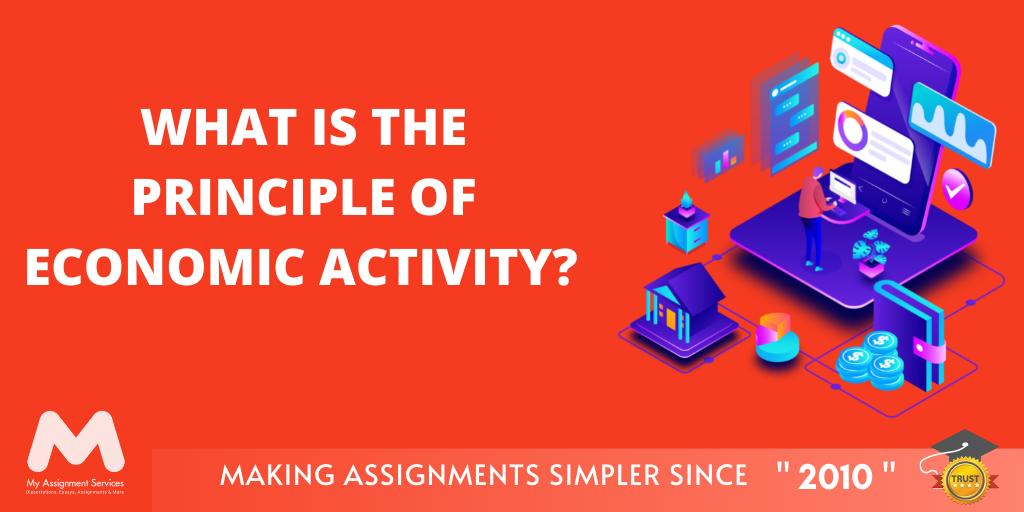
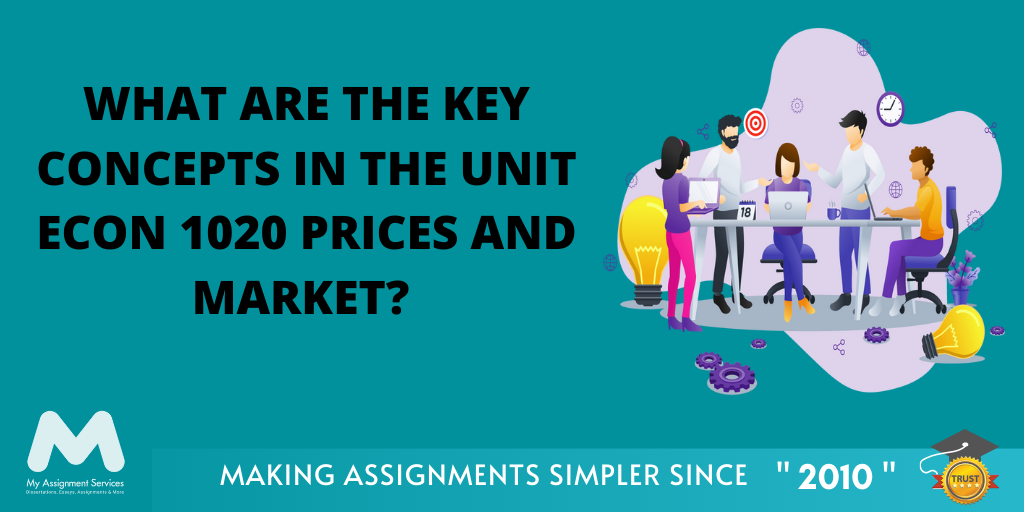
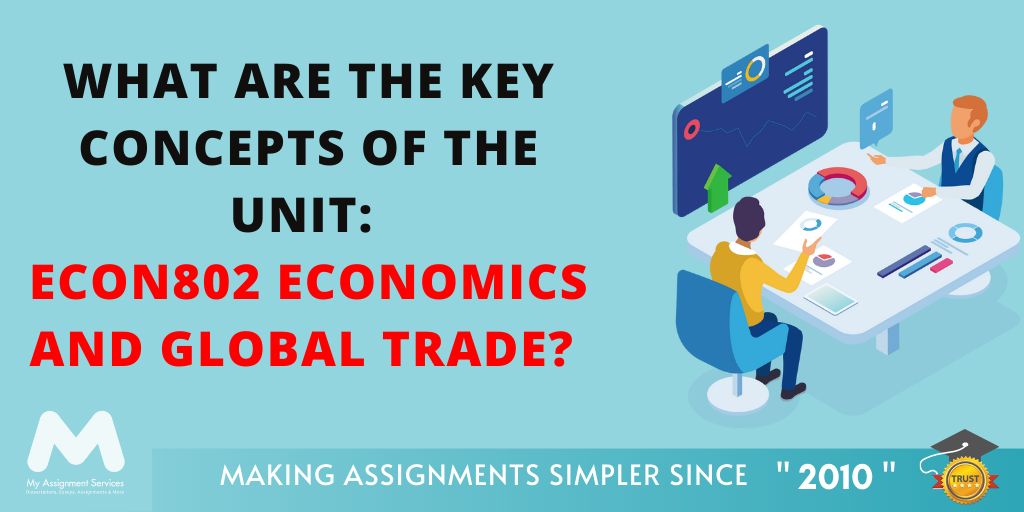





Loved reading this Blog? Share your valuable thoughts in the comment section.
Add comment